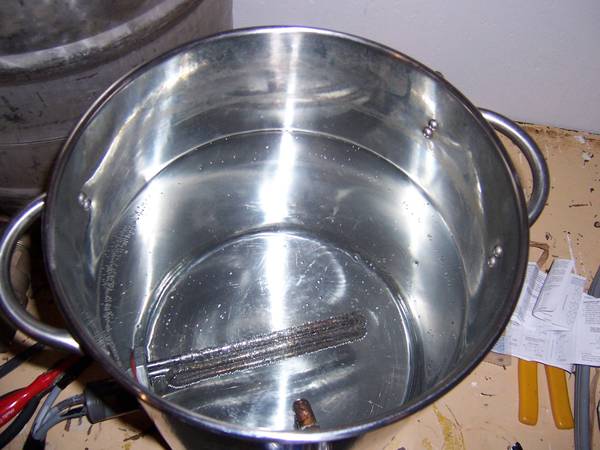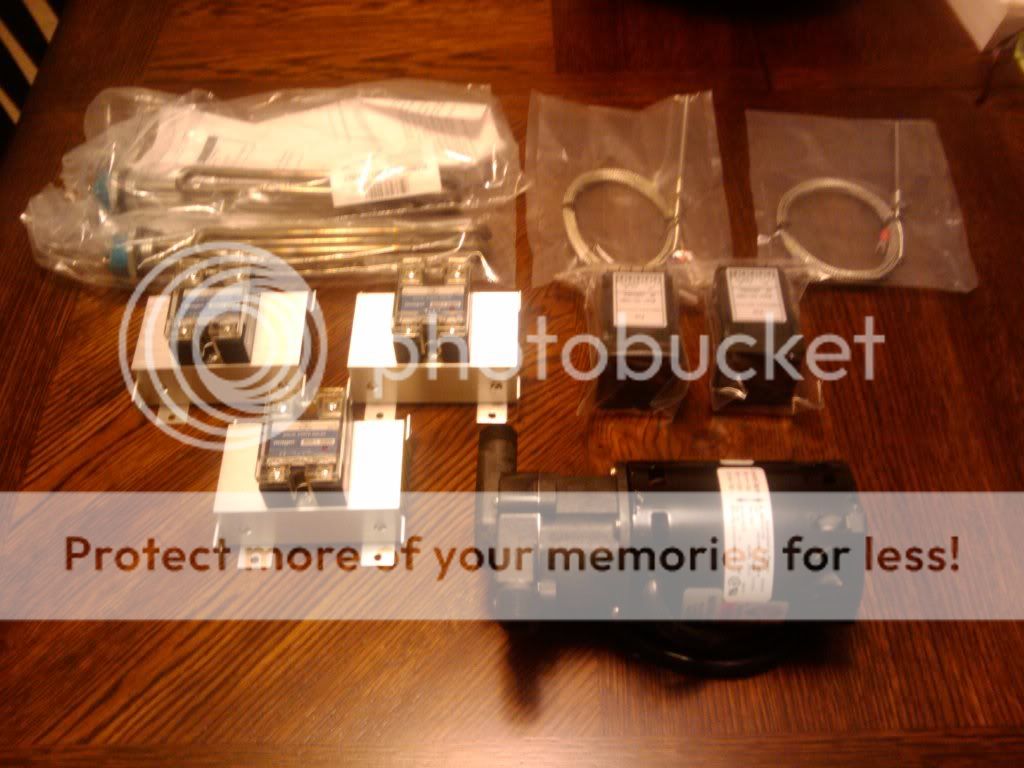Suicided1954
Well-Known Member
I want to build an e-keggle. I have 240v (220V?) available. I am going to use a 50A GFCI breaker in the main panel, a 30A breaker and a 20A (120V) in a sub-panel. I wanted to use a 2000w 120V in my HLT and a 4500 or 5500W in the brew kettle.
What is the purpose of the SSR and PID? is it just temp control? Boil-off control?
Does running the 4500w element 100% burn the wort?
I'm not trying to get off cheap and not use these items. I am just trying to understand their purpose.
What is the purpose of the SSR and PID? is it just temp control? Boil-off control?
Does running the 4500w element 100% burn the wort?
I'm not trying to get off cheap and not use these items. I am just trying to understand their purpose.





